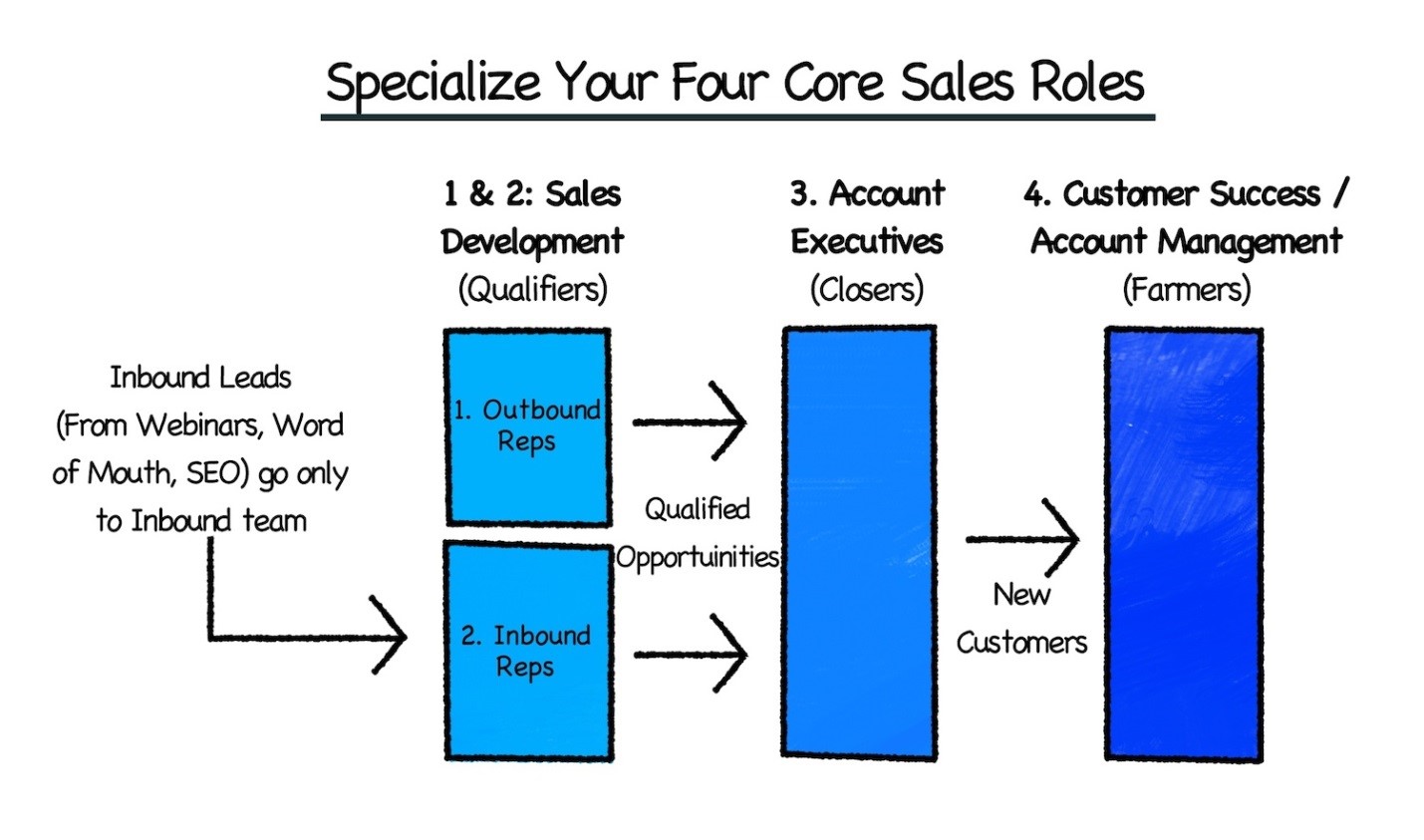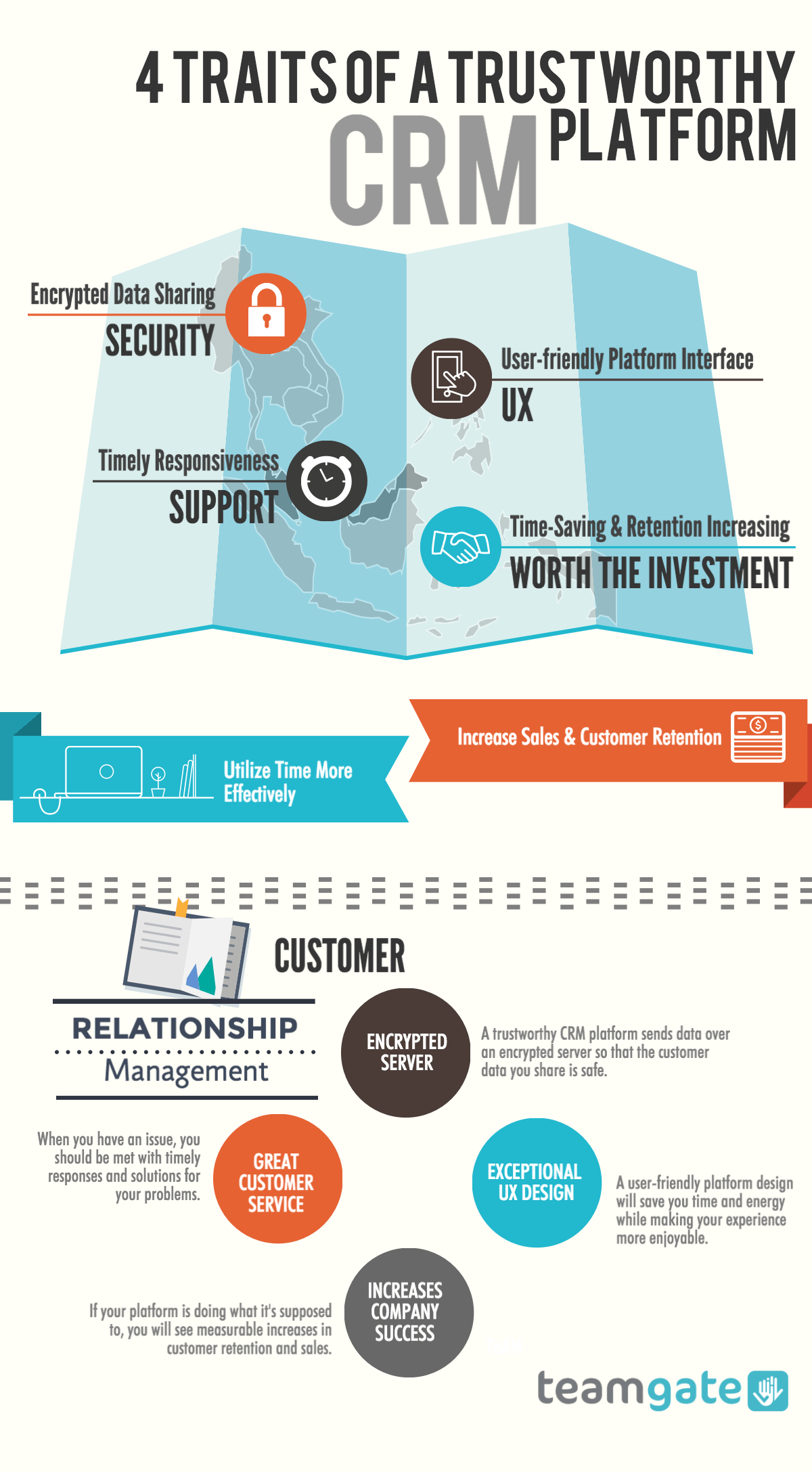You’ve probably heard the statistic: “1 million US B2B salespeople will lose their jobs to self-service E-Commerce by the year 2020” according to a 2015 Forrester forecast. Yet, few people can claim they haven’t seen it coming.
In the 1993 classic “Groundhog Day”, Bill Murray is stuck living the same day over and over and over again. It’s no coincidence that the film’s screenwriter chose to include an encounter with Ned Ryerson, an annoying insurance agent, to make the repetitive day even more nightmarish.
Ned Ryerson is everything customers hate about salespeople: Irritating, too pushy, untrustworthy, and incapable of tailoring his pitch and product to each customer.
With E-commerce and the rise of the SaaS sales model, salespeople like Ned Ryerson are in an endangered spot. But before we discuss how to avoid becoming Ned (or how to stop being one), let’s talk about some of the reasons why every traditional salesperson should be worried.
Why Salespeople are on their way out
The same Forrester study found:
- 75% of B2B buyers now say that buying from a website is more convenient than buying from a sales representative.
- 93% say that they prefer buying online rather than from a salesperson when they’ve decided what to buy.
The modern customer is one search and a few clicks away from knowing everything they want to know about the product they need.
Traditionally, the salesperson took care of educating the customer. Ned Ryerson approaches you (a dormant lead) and pitches an insurance plan, explains why you need it, and badgers you until you buy it or give him your phone number.
The internet not only has made product information immediate and accessible but has also made buying the product online easier and cheaper while completely bypassing the salesperson.
It also doesn’t help that decades of overly repetitive cold calls and scripted sales interactions have damaged customers’ trust in salespeople beyond repair. In contrast, E-commerce presents a much more pleasant experience and a customer-centric platform.
SaaS Stress SOS: The SaaS Sales Model

Your traditional B2B salesperson would probably find “Groundhog Day” the ideal scenario to land a deal. They get to pitch the same expensive deal (1 yearly software license for thousands of dollars for example) every day using the same sales script until the customer gives up. Then they make a big commission and move on to the next customer using the same strategy.
GET READY TO OWN YOUR WORKDAY
with the most user-friendly CRM on the market.
Start Free 14-Day TrialPainless setup, no credit card required
SaaS has changed the delivery model of software to a Pay-As-You-Go or subscription-based service. Instead of focusing on securing long-term deals, the pressure for salespeople is now on meeting short-term quotas that are incredibly challenging to maintain. This is mostly because controlling SaaS Sales churn – the rate at which customers cease to use the service they subscribed to—is beyond the salesperson’s scope.
Unfortunately, many salespeople still can’t adjust to this new shift. Even more worrying are the companies that haven’t yet adjusted their overall sales strategy accordingly.
Besides product delivery and sales, SaaS has changed sales-quotas, pricing strategies, and salespeople’s responsibilities. Between finding leads, meeting quotas, lowering churn, and managing accounts, sales are starting to sound like the most stressful career – and justifiably so.
Aaron Ross author of the award-winning, bestselling SaaS bible “Predictable Revenue” calls overtasking sales teams “one of the biggest productivity killers” facing SaaS companies. When too many responsibilities are included in one sales role, he adds, salespeople suffer from a lack of focus, motivation, and appropriate training.
Furthermore, keeping track of relevant metrics is even harder when the salesperson covers so many roles. More importantly, “lumped responsibilities obscure what’s happening and make it more difficult to isolate and fix issues with accountable follow through” continues Ross.
Companies that fail to implement sales specialization should look inwards when unable to make the revenue they aim for.
Old Sales Habits Die Hard (And Annoy Your Customers)

Whether the Cold Call is dead or not merits a separate article, but what everyone can agree on is that repetitive cold calling is annoying for customers.
Ineffective cold calls, however, are symptoms of bigger issues. Notably, a disconnection with how customers view salespeople and an inability to replace ineffective strategies with better ones.
“74% of consumers prefer to receive commercial communications via Email” according to a Merkle study. In addition, The Direct Marketing Association reports that “Email marketing has an ROI of 4,300%”. What do the numbers mean?
Dressing up old sales habits as outbound prospecting when other strategies deliver a much higher ROI should be inexcusable for any salesperson.
Ned-Free Sales: How To Reinvent The Sales Role (When it Doubt, Divide Labor)
Aaron Ross, of Predictable Revenue, suggests starting Sale Specialization with the second salesperson hire. Ideally, a core sales team should have the following 4 roles:
- “Inbound Lead Qualification: Commonly called Market Response Reps, they qualify marketing leads coming inbound through the website or 800 numbers. The sources of these leads are marketing programs, search engine marketing, or organic word-of-mouth.
- Outbound” Prospecting/Cold Calling 2.0: Commonly called Sales Development Reps or New Business Development Reps, this function prospects into lists of target accounts to develop new sales opportunities from cold or inactive accounts. This is a team dedicated to proactive business development. Highly efficient outbound reps and teams do NOT close deals, but create & qualify new sales opportunities and then pass them to Account Executives to close.
- Account Executives: They are the quota-carrying reps who close deals. They can be either inside or out in the field. As a best practice, even when a company has an Account Management/Customer Success function, Account Executives should stay in touch with new customers they close past the close until the new customer is deployed and launched.
- Account Management/Customer Success: Client deployment and success, ongoing client management, and renewals. Someone needs to be dedicated to making customers successful–and that is NOT the salesperson! “
You can read more on “Predictable Revenue” on Aaron Ross’s website.
Sales Automation is the Answer
Does your sales team still not use a CRM? Well, it’s never too late.
A CRM can help you implement more effective cold calling strategies that do not alienate customers. By tracking the history of your sales contacts and response rates, you can tweak outbound prospecting strategies (like messaging schedule) without contacting the same customer multiple times in a short –albeit irritating– window.
Being a customer-centric app, CRMs also help to establish better customer relationships (more profitable even) which leads to more effective targeted prospecting and more data for your sales forecasts and analytics.
Do you have a CRM that keeps you organised?
The most user-friendly CRM on the market. 14-day free trial.
Start Free TrialPainless setup, no credit card required
How Teamgate Can Help
Teamgate can help you become a more likable salesperson than Ned Ryerson. How?
By offering an intuitive CRM fully dedicated to customer relationships and the sales pipeline, we make sure that any workflow implementing Teamgate will keep customers at its core.
Likewise, Teamgate’s Segmentation features (we will discuss Segmentation on our next blog ) help salespeople avoid the problem of Information Overload by categorizing customers into appropriate sub-groups. We realize that not all your leads and customers are the same.
Furthermore, Teamgate’s contacts management helps you centralize all your sales contacts in one platform. You can organize, review and schedule contacts with your leads and customers. You can integrate it with third-party applications like Google, LinkedIn, Mac Contacts, and Outlook or craft your own Zapier+Teamgate integration recipes.
Assigning separate teams and salespeople to deals is yet another intuitive task in Teamgate. Additionally, you get to measure the performance of each sales role and identify which areas in particular need improvement.
Check out more of the analytical and forecasting tools available via Teamgate.
Are you tired of being a B2B Ned Ryerson? Start your Free Teamgate Trial Today!



